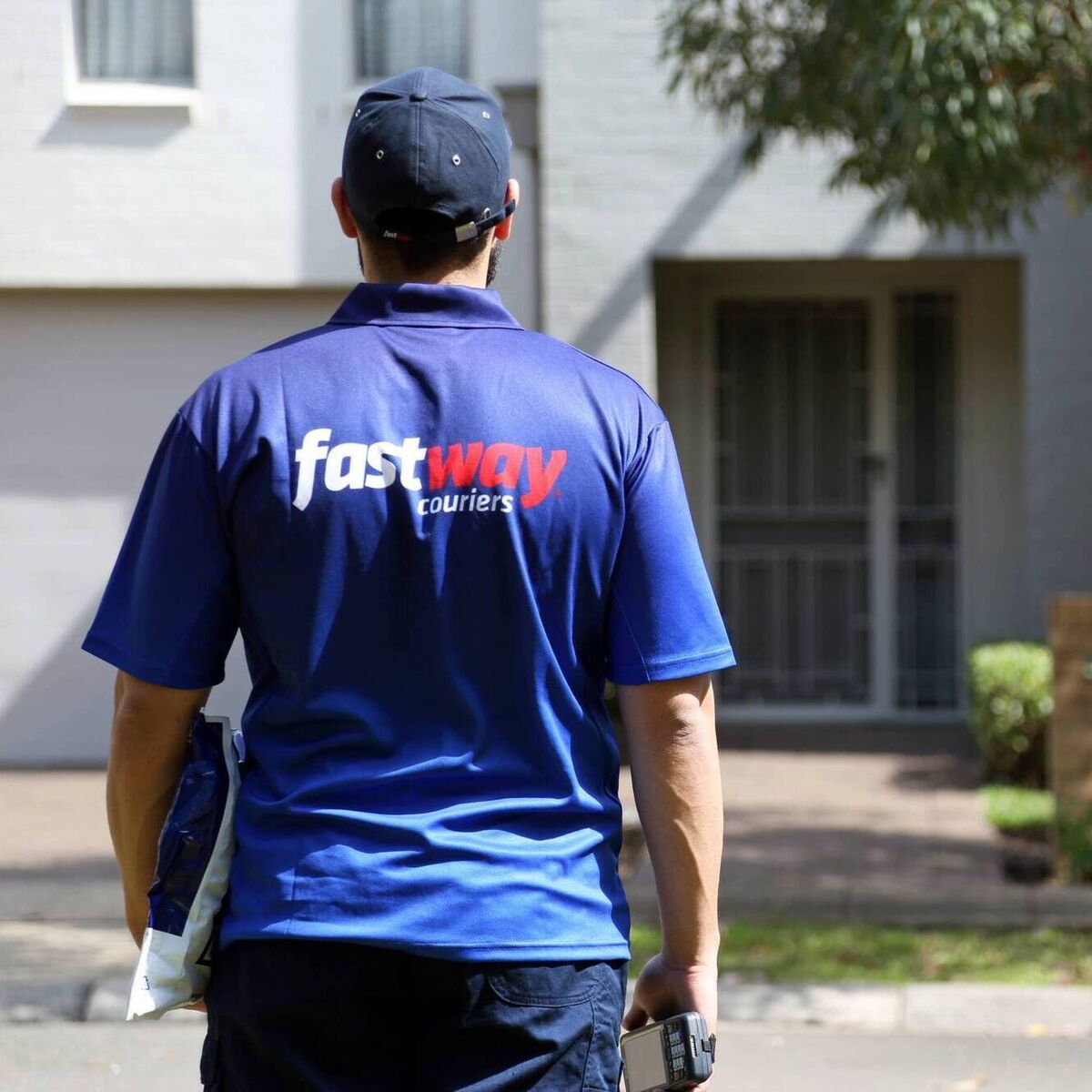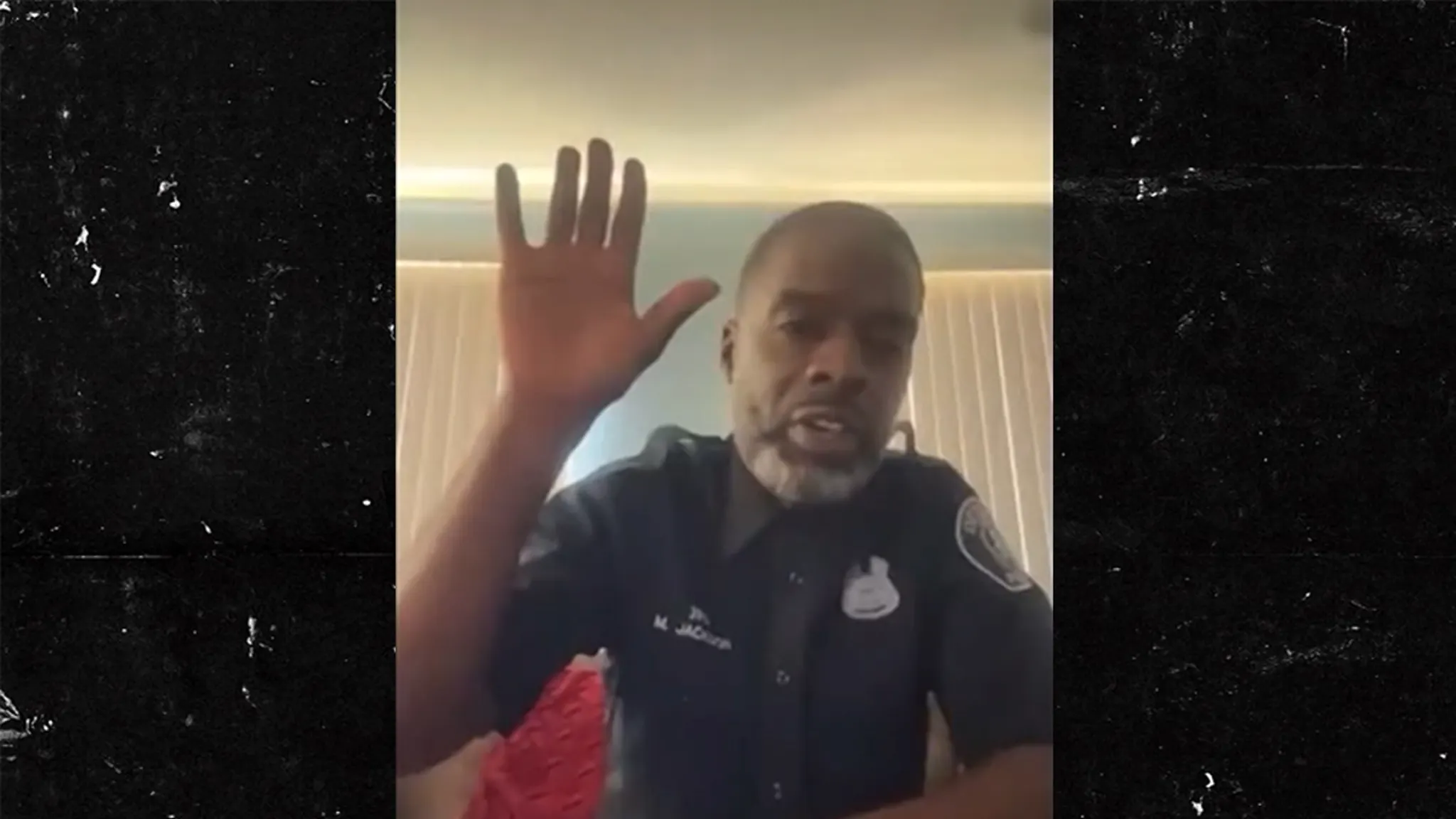Copyright thehindu

Bengaluru’s latest traffic signal system may have brought smoother rides for motorists, but for those on foot, it has made pedestrian crossings an ordeal. The city’s AI-based traffic signal system, aimed at reducing vehicular congestion, has drawn criticism from pedestrians who say it has left them waiting longer at junctions, while offering barely any time to cross busy roads safely. The Bengaluru Adaptive Traffic Control System (BATCS), introduced last year by the Bengaluru Traffic Police (BTP), uses artificial intelligence and real-time data from sensors to optimise signal timings based on traffic density. The system, designed to ease congestion and improve vehicular flow, automatically adjusts green-light durations depending on the volume of vehicles at each junction. However, pedestrians say they have been left out of this ‘smart’ equation. Frustrations voiced by pedestrians “These signals might have made things faster for vehicles, but it has slowed everything down for us,” said Bhuvan K., who works on Cunningham Road. “At Balekundri Circle, there are four arms to the signal, and to get across the entire junction, I have to wait for more than 10 minutes. Even when the pedestrian signal turns green, it lasts only 30 seconds nowhere near enough to cross from one end to the other. By the time I reach halfway, vehicles have already started moving again. It’s risky and stressful,” Mr. Bhuvan said. Across the Central Business District (CBD) where The Hindu visited junctions, including Minsk Square, Cubbon Park metro station, and Residency Road, similar frustrations are voiced by pedestrians, especially senior citizens. Ravi Prasad, a senior citizen, said that the short pedestrian signal near Cubbon Park metro station poses daily challenges. “It’s very difficult for elderly people like us. The signal stays green for only 30 seconds, and most vehicles don’t even stop properly. Two-wheelers often jump signals even when we’re halfway across the zebra crossing. The police should strictly penalise such behaviour,” he said. Older people struggle the most Pedestrian Lavanya H., who regularly crosses roads in the CBD, said, “Near Minsk Square, during peak hours, the traffic is chaotic. Even when the pedestrian light turns green, vehicles stop on the zebra crossing. The police rarely intervene. Elderly people struggle the most, but even younger ones like me have to hurry across before the light changes.” The problem is particularly evident near schools, where large groups of students cross at the same time. At the signal near Bishop Cotton Boys’ School on Residency Road, the pedestrian crossing lasts just 10 seconds. “It’s simply not enough. Hundreds of us leave school together, and it’s dangerous when the light changes so fast. The signal gives us only about a few seconds at best, and many don’t make it across before vehicles start moving again,” said Manish S., a student. Vehicles prioritised over pedestrians Experts say that Bengaluru’s traffic management approach has long prioritised vehicles over pedestrians. Speaking to The Hindu, M.N. Sreehari, a traffic and mobility expert, said the system reflects a broader mindset problem. “It’s unfortunate that pedestrians are not considered an integral part of traffic planning. Authorities assume roads exist for vehicles and footpaths for pedestrians, forgetting that both must coexist. Pedestrian time is seen as an obstacle to traffic flow. But cities are meant for people, not just cars,” he said. He added that the traffic signals focus solely on vehicle density and ignores foot traffic altogether. “The police should collaborate with urban mobility experts to calculate realistic crossing times based on road width and pedestrian movement. “The AI systems must evolve to account for both vehicle and pedestrian needs. Otherwise, we’re only making roads more dangerous for those on foot,” Prof. Sreehari added. Meanwhile, The Hindu reached out to Karthik Reddy, Joint Commissioner of Police (Traffic) , for a response but failed to get a response.



